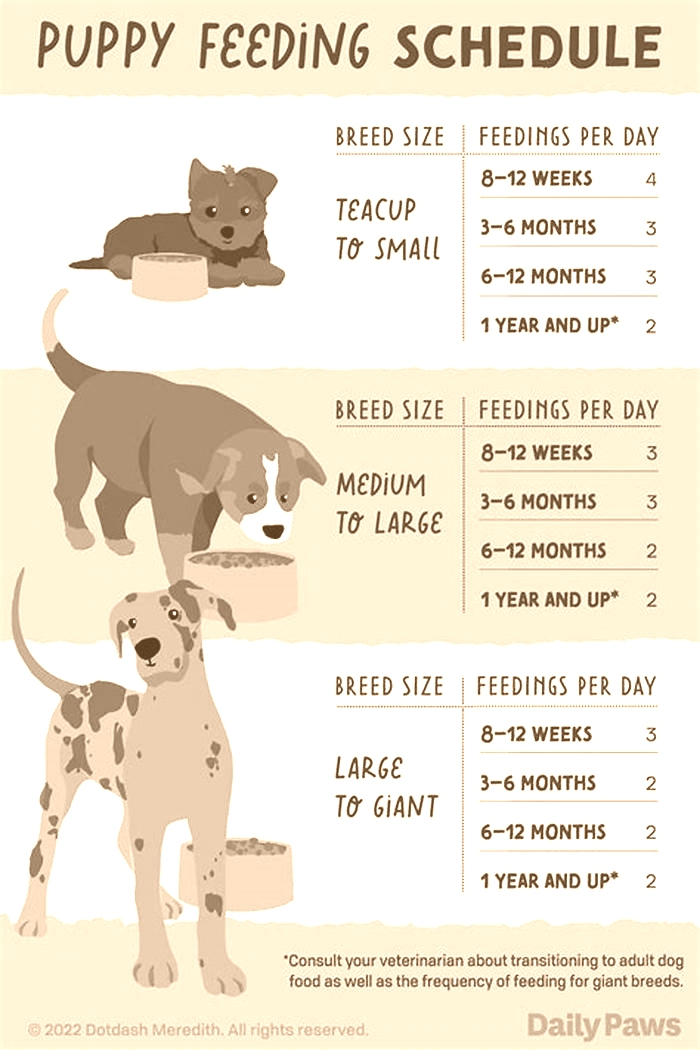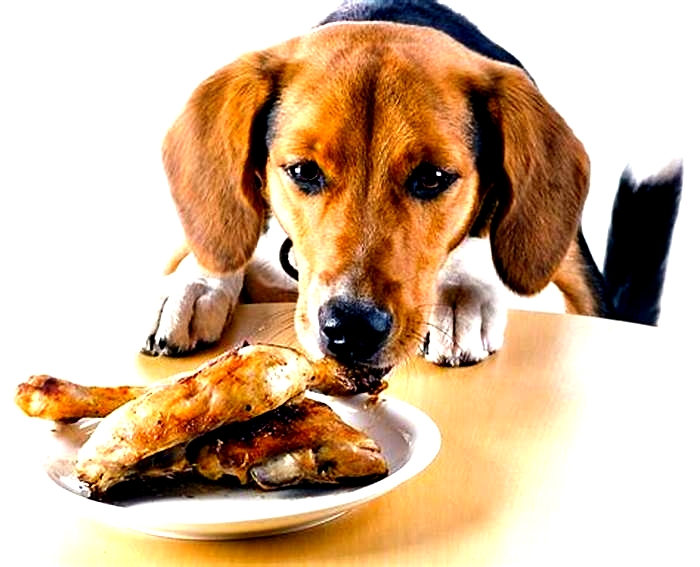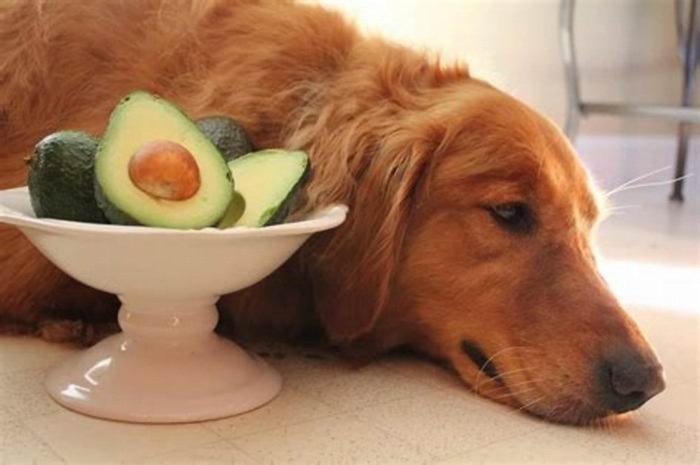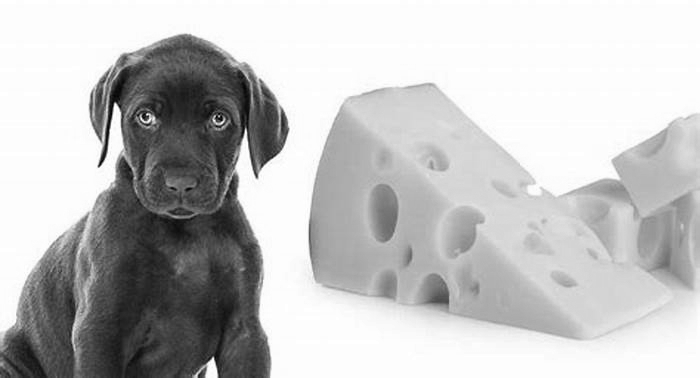Do dogs get hungry overnight
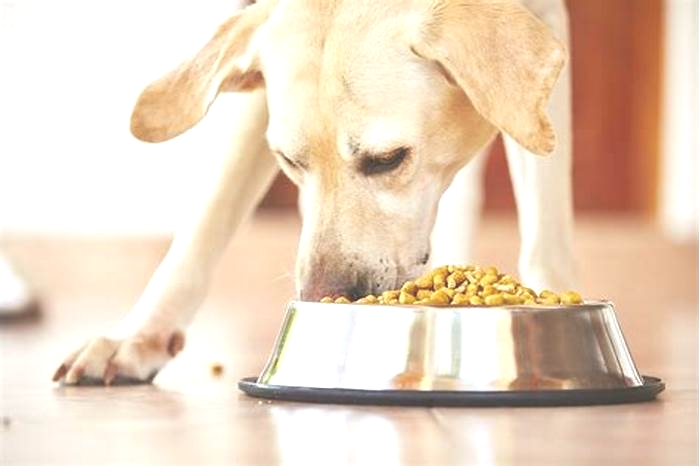
How To Know If My Dog Is Hungry 10 Signs and What to Do
Unlocking the Doggy Code: How To Know If My Dog Is Hungry because understanding those subtle tail wags and puppy eyes is the key to a happy, well-fed dog!
Hungry Dog: Why You Need to Read This
Hungry Dog: Why You Need to Read This
Before we dive into the details, let's address why this article is worth your time. As responsible pet owners, it's our duty to provide our dogs with more than just food; it's about understanding their needs and ensuring their overall health. Recognizing when your dog is truly hungry helps prevent potential health issues, ensures proper nutrition, and strengthens the bond between you and your canine companion. So, buckle up as we exploreHow To Know If My Dog Is Hungry.

As pet owners, it is essential to be in tune with our dogs' needs, including their appetite. Understanding when your dog is hungry is crucial for their overall well-being and can help prevent any potential health issues. By recognizing the signs of hunger in your dog, you can ensure they are getting the nutrition they require to thrive.
Just like humans, dogs need food for energy and essential nutrients to support their bodily functions. Ignoring your dog's hunger cues can lead to malnourishment and other health complications. Additionally, being aware of your dog's hunger patterns can help you establish a feeding schedule that aligns with their needs.
There are several signs that indicate your dog may be feeling hungry. These can include incessant begging or whining, increased interest in food, licking their lips or smacking their lips, and restlessness.
Understanding these signs can help you gauge when it's time to feed your dog and ensure they stay happy and healthy.
How To Know If My Dog Is Hungry Signs Your Dog Show
You can tell if your dog is hungry by paying attention to their behavior. Some signs that your dog may be hungry include whining or barking, pacing or restlessness, or constantly searching for food. They may also show an increased interest in their food bowl or even start begging for food.
Additionally, if your dog is completing their meals quickly or seems more excited than usual at meal times, these could also be indicators that they are hungry. Its important to monitor your dogs weight and adjust their food intake accordingly.
Increased whining or barking Truly Hungry
If your dog is constantly whining or barking, it could be a sign that they are hungry. Dogs, like humans, get grumpy and irritable when they are hungry, and they may express their discomfort by vocalizing.
Understanding the Whining Language
Whining, in particular, is a nuanced form of communication that dogs employ to convey various emotions, hunger being one of them. The pitch, frequency, and intensity of the whining can offer insights into your dog's emotional state. Persistent and high-pitched whining, especially around feeding times or when your dog spots food, might be a clear indicator that they're in need of nourishment.
Barks as Hunger Cues
On the other hand, barking can also be a way for dogs to express hunger. The tone and rhythm of their barks can provide clues about whether they're seeking attention, expressing excitement for mealtime, or signaling their hunger. Paying attention to the context in which the barking occurs can help you decipher whether it's a genuine sign of hunger or simply an expression of enthusiasm.
Providing a balanced and consistent feeding routine can help prevent excessive whining or barking due to hunger.
Pacing or restlessness Feeding Time
Observing your dog pacing or displaying restlessness can be more than just a quirk; it might be a subtle cry for sustenance. Dogs, akin to humans, can experience restlessness when hunger sets in, and understanding this behavior is essential for their overall well-being.
Decoding Restlessness
Pay attention to specific signs of restlessness that coincide with hunger. If your dog becomes increasingly fidgety, constantly moves about, or appears unable to find a comfortable spot, it's time to consider whether their behavior is linked to an empty stomach. This becomes even more evident if the restlessness is accompanied by other hunger cues such as whining, increased interest in food, or a visit to their food bowl.
Deciphering Pacing Behavior
Pacing is a common canine behavior, but when it becomes a regular occurrence, especially around feeding times, it's time to take notice. Dogs pace for various reasons, including anxiety, excitement, or, in this case, hunger. The rhythm, urgency, and persistence of their pacing can provide valuable insights into their emotional and physical state.
Excessive drooling Much To Feed
Excessive drooling in dogs due to hunger is a common occurrence. When a dog is hungry, their salivary glands go into overdrive, producing more saliva than usual. This excessive drooling is their body's way of preparing for food intake, as the increased saliva helps in the breakdown and digestion of food.
Additionally, the anticipation of food can also trigger the release of more saliva. However, excessive drooling can also be a sign of other underlying health issues, so its important to monitor your dog's drooling habits and address any concerns with a veterinarian.
In some cases, excessive drooling due to hunger can also lead to behavioral issues such as begging or scavenging for food. Its important to ensure that your dog is receiving adequate nutrition and not resorting to excessive drooling as a way to satiate their hunger.
If you suspect your dog is not getting enough food, consult with your veterinarian to determine the appropriate portion size and feeding schedule for your pet.
Actively seeking out food Feed Your Dog
When a dog is actively seeking out food, it is often a sign of an empty stomach and hunger. Dogs have a strong instinct to hunt for and consume food, and when they are continuously searching for something to eat, it's usually because they are in need of nourishment.
This behavior can be more noticeable in dogs that have not been fed for a while or have not received enough food to satisfy their hunger. Additionally, dogs may display this behavior if they have been overly active and have burned a significant amount of calories.
It's important for pet owners to be attentive to their dog's hunger cues and provide regular, balanced meals to prevent their pets from experiencing an empty stomach and the discomfort of prolonged hunger.
Acting lethargic or weak Sign Your Dog is Hungry
If you notice that your dog is acting lethargic or weak, it could be a sign that they are hungry. Just like humans, dogs need regular meals to maintain their energy levels and overall health. When a dog is hungry, they may become listless, uninterested in play, and may even seem physically weak.
It's important to pay attention to these signs and ensure that your dog is getting enough food and nutrition. This could mean adjusting their feeding schedule, increasing the amount of food they receive, or switching to a higher-quality diet. Neglecting a dog's hunger can lead to malnourishment and other health issues, so it's crucial to address any signs of lethargy and weakness promptly.
By meeting your dog's nutritional needs, you can help them stay happy, healthy, and full of energy.
Understanding Your Dog's Appetite
Understanding your dog's appetite is crucial for their overall health and well-being. There are several factors that may affect a dog's appetite, including age, breed, health conditions, and even the weather. It's important to pay attention to any sudden changes in your dog's eating habits, as this could be an indication of an underlying health issue.
Additionally, feeding your dog the right portion size is essential in maintaining a healthy weight. Overfeeding can lead to obesity and other health problems, while underfeeding can result in malnutrition and weakness. It's best to consult with a veterinarian to determine the appropriate portion size for your dog based on their age, weight, and activity level.
Speaking of activity level, it's important to note that exercise and physical activity can impact a dog's hunger. Just like humans, dogs who are more active may require more food to fuel their bodies, while those who are less active may need less. It's crucial to adjust your dog's food intake accordingly to ensure that they are getting the proper nutrition and energy they need to stay happy and healthy.
By paying attention to your dog's appetite and making necessary adjustments, you can help them lead a long and fulfilling life.
How to Address Your Dog's Hunger
To address your dog's hunger, it's important to establish a regular feeding schedule and stick to it. This will help regulate their appetite and prevent them from feeling overly hungry. Make sure to provide the appropriate portion size for your dog's breed and size, and avoid overfeeding. If your dog seems excessively hungry, talk to your veterinarian to rule out any underlying health issues. And finally, provide plenty of fresh water throughout the day to keep your dog well-hydrated and feeling satisfied.
Establishing a consistent feeding schedule for a healthy dog
Establishing a consistent feeding schedule for a dog is important for maintaining their overall health and behavior. Dogs thrive on routine, and feeding them at the same times each day can help regulate their digestion and prevent episodes of hunger or overeating.
It also provides structure and stability for the dog, which can lead to a calmer and more predictable demeanor. When creating a feeding schedule, it's essential to consider the dog's age, size, and activity level.
Puppies, for example, may require more frequent meals compared to adult dogs. It's also important to factor in any dietary restrictions or specific nutritional needs when planning meals.
By sticking to a regular feeding schedule, pet owners can avoid issues such as obesity, digestive problems, and behavioral issues related to food aggression or anxiety. Additionally, feeding a dog at consistent times can help with house training and create a sense of trust and dependability between the pet and its owner.
Here's a table outlining the steps to establish a consistent feeding schedule for a dog.
| Step | Action |
|---|---|
| 1 | Determine Daily Meal Frequency: Decide if your dog will have one, two, or more meals per day based on factors such as age, size, and health. |
| 2 | Choose Specific Feeding Times: Set regular times for feeding each day, making sure they align with your dog's routine and your schedule. Consistency is key. |
| 3 | Measure Proper Portion Sizes: Determine the appropriate amount of food based on your dog's weight, age, and activity level. Use a measuring cup for accuracy. |
| 4 | Select a Suitable Feeding Location: Designate a quiet and comfortable area for your dog to eat. This helps create a positive association with mealtime. |
| 5 | Avoid Table Scraps: Discourage feeding your dog from the table. This helps maintain the integrity of their balanced diet and prevents unwanted behaviors. |
| 6 | Stick to the Schedule: Once established, adhere to the feeding schedule consistently. Dogs thrive on routine, and predictable meal times contribute to their overall well-being. |
| 7 | Monitor and Adjust: Regularly assess your dog's weight, energy levels, and overall health. Adjust the portion sizes or feeding frequency if needed, consulting with a vet if significant changes are required. |
| 8 | Provide Fresh Water: Always have fresh water available for your dog, especially during and after meals. Hydration is crucial for their health. |
| 9 | Observe Behavior: Pay attention to your dog's behavior during and after meals. Look for signs of allergies, discomfort, or any changes that might warrant a vet visit. |
| 10 | Maintain Consistency During Travel: If you travel with your dog, try to stick to their feeding schedule as closely as possible. Familiarity helps reduce stress. |
Choosing the right type of food for your dog
Choosing the right type of food for your dog is crucial for their overall health and well-being. It's important to consider your dog's breed, age, size, and any specific health concerns when selecting their food. Some dogs may thrive on a high-protein diet, while others may require a grain-free or limited-ingredient diet.
It's also important to choose a food that is nutritionally balanced and meets the guidelines set by organizations like the Association of American Feed Control Officials (AAFCO). Reading the ingredient list and ensuring that the food contains high-quality and natural ingredients is essential.
Additionally, consulting with a veterinarian can provide valuable insights into your dog's specific dietary needs. Selecting the right type of food for your dog may take some trial and error, but ultimately, providing them with a diet that best suits their individual needs will lead to a happier and healthier life.
Providing healthy snacks and treats
When it comes to providing healthy snacks and treats for dogs, it's important to consider their nutritional needs and overall health. While it's tempting to reach for the convenient, pre-packaged options at the store, many of these snacks are filled with fillers, preservatives, and artificial ingredients that can be detrimental to your dog's health.
Instead, opt for natural, whole food options or even small pieces of lean, cooked meats. These options provide a good balance of essential nutrients and are much healthier for your furry friend.
Additionally, there are plenty of homemade treat recipes available online that use simple, wholesome ingredients to create delicious snacks for your dog.
By taking the time to carefully select and prepare healthy snacks for your dog like Victors cookies or Dentalicious, you can ensure that they have a balanced diet and avoid potential health issues in the future.
Remember, a happy and healthy dog starts with the food they eat!
Monitoring your dog's weight and adjusting their food portions accordingly
It's important to monitor your dog's weight and adjust their food portions accordingly to ensure they maintain a healthy weight. Just like humans, dogs can easily gain or lose weight depending on their diet and activity level. By regularly weighing your dog and keeping track of their body condition, you can make sure they are staying within a healthy weight range.
If you notice your dog starting to gain or lose weight, it's important to adjust their food portions accordingly. This may mean reducing their portion size if they are gaining weight or increasing it if they are losing too much.
Consulting with your veterinarian can also help you determine the appropriate portion sizes for your dog based on their breed, age, and activity level. Maintaining a healthy weight is crucial for your dog's overall health and longevity, so staying vigilant about their weight and food portions is essential.
When to Seek Veterinary Advice for a hungry dog
In the following situations, you must Seek Veterinary Advice.
| Behavior/Condition | When to Seek Veterinary Advice |
|---|---|
| Decreased Appetite | If your dog consistently refuses to eat for more than 24-48 hours. |
| Sudden Weight Loss | If your dog is losing weight rapidly without a clear explanation. |
| Excessive Thirst or Urination | If your dog is drinking water excessively or having frequent urination. |
| Vomiting or Diarrhea | If your dog is vomiting or has diarrhea persistently for more than 24 hours. |
| Change in Eating Habits | If there is a sudden change in your dog's eating habits or preferences. |
| Lethargy or Weakness | If your dog is unusually lethargic or weak, especially if it persists. |
| Visible Signs of Discomfort | If your dog shows signs of pain or discomfort while eating or afterward. |
| Persistent Bad Breath | If your dog's breath has a consistently foul odor despite dental care. |
| Unexplained Behavioral Changes | If your dog exhibits unusual behaviors or aggression around food. |
| Abdominal Discomfort | If your dog shows signs of abdominal pain or discomfort. |
Conclusion: Key Takeaways forHow To Know If My Dog Is Hungry
To ensure you're meeting their nutritional requirements and fostering a strong bond, remember these key takeaways:
- Observe Behavior: Watch for signs like whining, pacing, or increased interest in food.
- Establish a Feeding Routine: Consistency is crucial for a well-fed and content dog.
- Monitor Nutrition: Strike the right balance between treats and meals for a healthy diet.
- Stay Attuned to Vocal Cues: Understand the different barks and whines to decode your dog's communication.
- Adjust Food Intake: Be responsive to changes in your dog's weight, activity level, and overall health.
By understanding the signs that your dog is hungry and responding accordingly, you're not just providing sustenance you're nurturing a happy, healthy companion. So, embark on this journey of decoding your dog's language, and enjoy the rewarding experience of being a responsible and attentive pet owner.
FAQs How To Know If My Dog Is Hungry
How can I tell if my dog is truly hungry?
There are signs of hunger you can look for to determine if your dog is hungry or just begging for food. You may notice your dog becoming more attentive and may whine or bark to indicate hunger.
What are the common signs that my dog is hungry?
One common sign that your dog may be hungry is if they beg for food or start eating non-edible things. Other signs include sniffing around for food, licking their lips, and pacing around the feeding area.
Does my dog's behavior indicate when he is truly hungry?
Yes, dogs often show signs of hunger through their behavior. They may bark or whine, become more attentive towards food, and may beg for food more frequently.
How can I ensure my dog is getting enough food?
You can ensure your dog is getting enough food by understanding their feeding schedule and the amount of food they need based on their activity level. Adjust the food quantity based on their hunger cues.
What should I do if I suspect my dog needs more food?
If you suspect your dog may need more food, consider consulting with a dog owner who can give you practical advice based on their experience with dogs.
How do dogs act when they are starving?
When dogs are starving, they may become increasingly agitated and anxious. They might constantly beg for food and may even become more aggressive or territorial around their food. Some dogs may also exhibit signs of lethargy or weakness as their bodies struggle to cope with the lack of nutrition.
How do you know if your dog is not hungry?
You can tell if your dog is not hungry if they are leaving food in their bowl, showing no interest in their food, or turning away from it. Other signs include a lack of interest in treats and not begging for food during meal times.
Do dogs get hungry every day?
Yes, dogs do get hungry every day. Just like humans, they have a natural instinct to seek out food to satisfy their hunger. It's important for dog owners to provide their pets with regular, nutritious meals to keep them healthy and happy. Without regular meals, dogs can become malnourished and develop health issues.
Is it OK to feed your dog once a day?
Feeding your dog once a day can be okay depending on their breed, age, and health. For some adult dogs, one large meal a day is sufficient. However, puppies and senior dogs may require smaller, more frequent meals to maintain energy levels and prevent digestive issues. It's best to consult with a vet to determine the best feeding schedule for your dog.
How do I know if I'm underfeeding my dog?
You can tell if you are underfeeding your dog by keeping an eye on their body condition. If you can see their ribs or spine easily, or if they seem to lack energy and appear lethargic, it may be a sign that they are not getting enough food. Consult with your vet for an accurate assessment.



